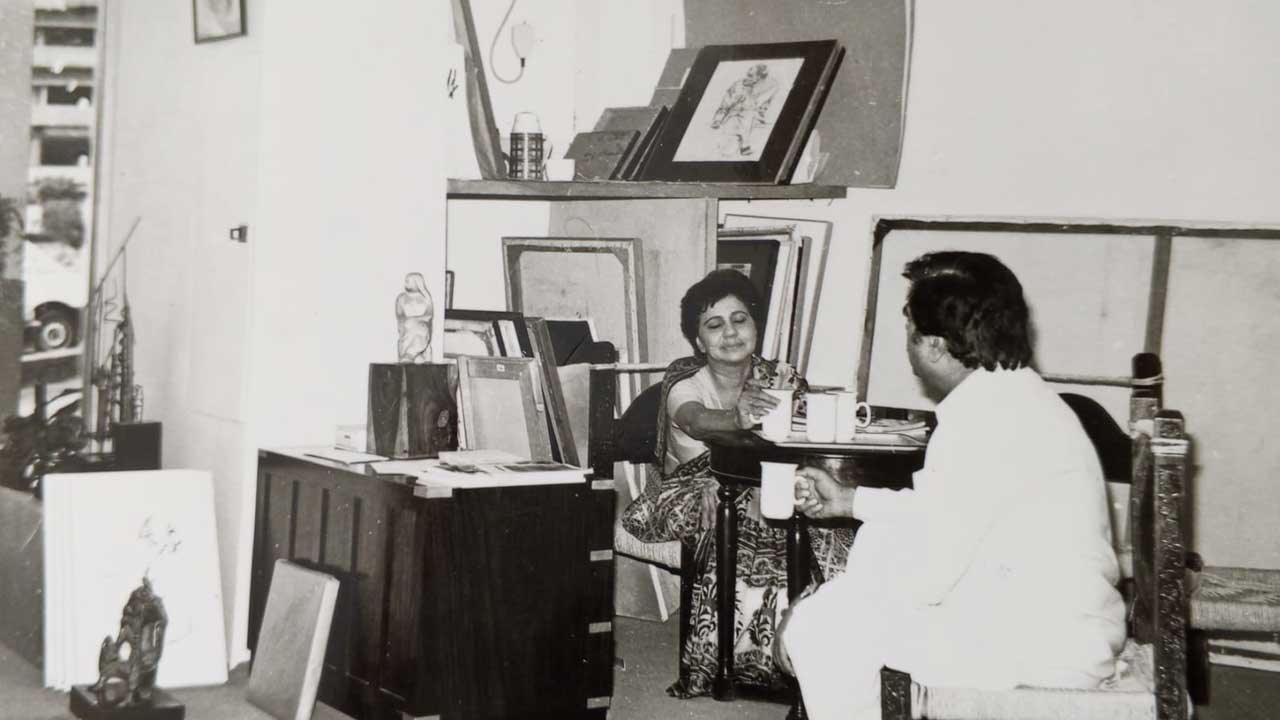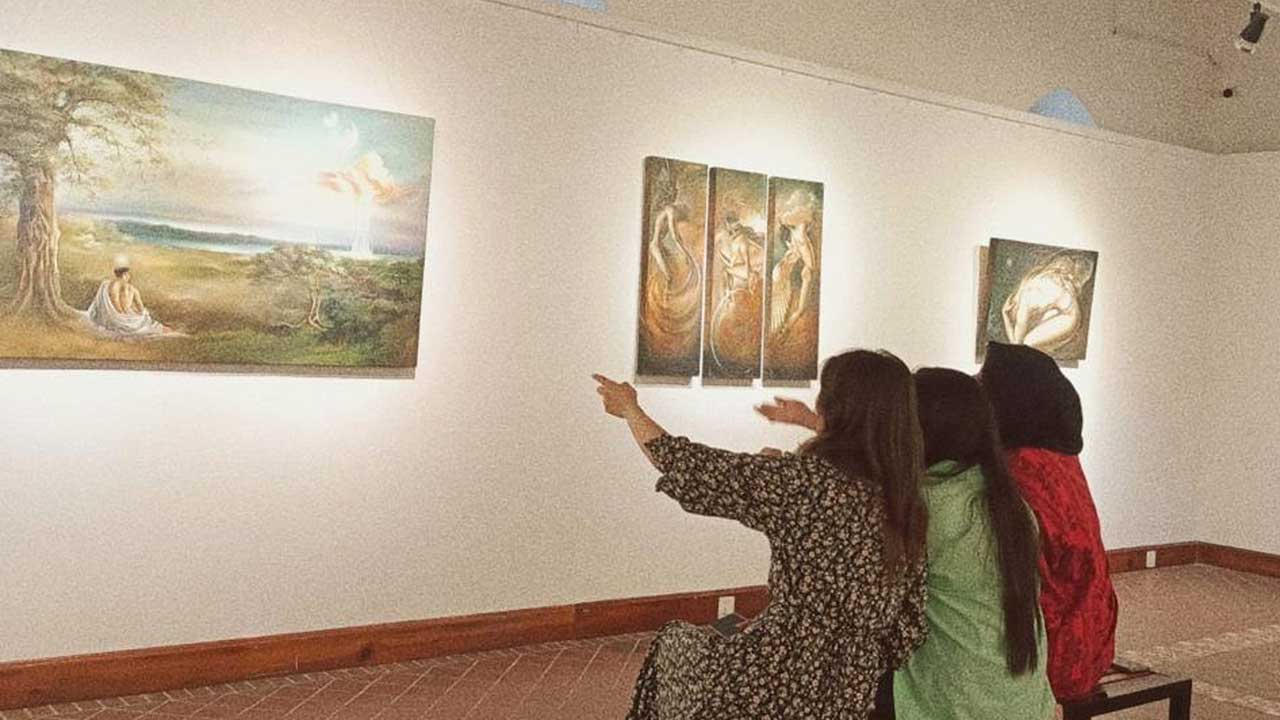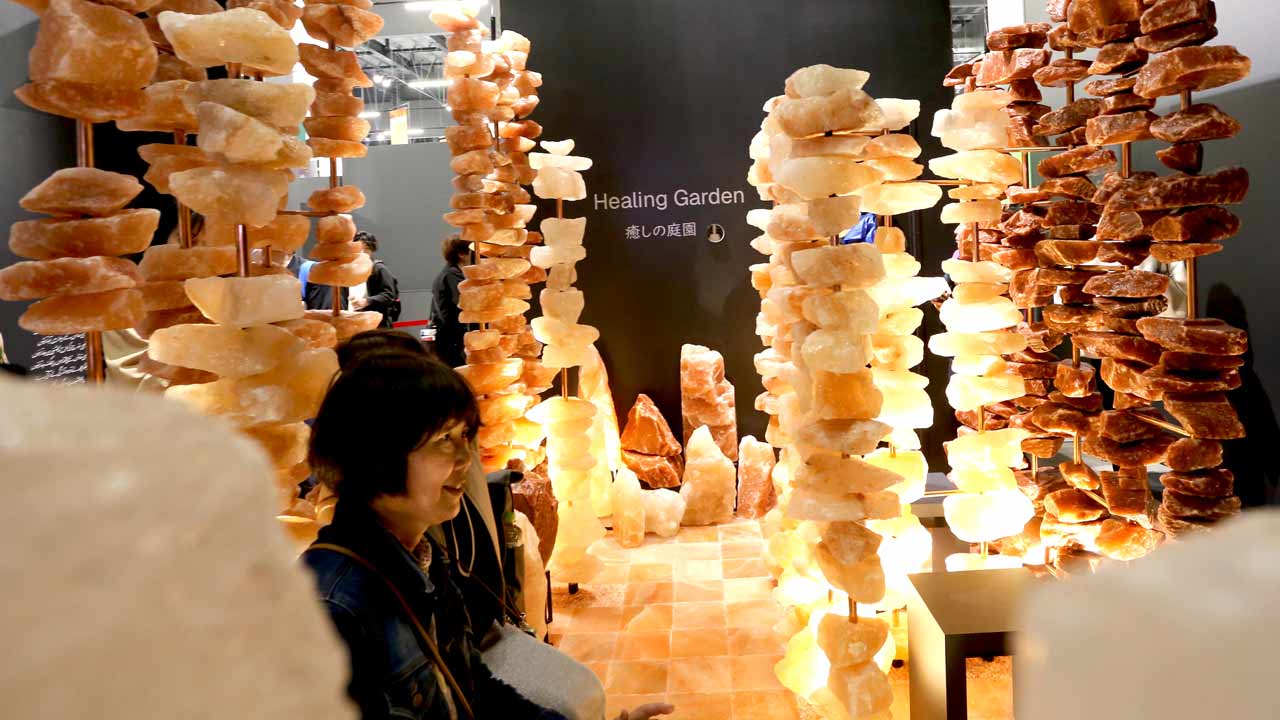









When Zohra Husain opened Chawkandi Art gallery, in September of 1985, it was the era of Ali Imam’s Indus Gallery.…
Minissale, G. (1988, February 11). An iron fist in a velvet glove. The Star, 5. Hanif, S. (2003). Better opportunities…
There are worlds the eye cannot enter, yet art does. In Original, Danish Ahmed ventures into that unseen terrain, translating…
Ahmed, Danish. Original. Solo exhibition, Canvas Art Gallery, Karachi, 2025. Plato. The Republic. Translated by G. M. A. Grube, revised…
The Karachi Collective
Critical Dialogue on Art, Design & Culture
The Karachi Collective (TKC), established in 2020 as a digital platform, aims to foster creative research and meaningful documentation rooted in Karachi’s vibrant cultural landscape.
While initially centered on this dynamic city—renowned for its layered histories, diverse languages, and artistic expressions—TKC’s scope has progressively extended beyond Karachi to encompass South Asia and its diaspora. This expansion reflects a commitment to forging connections across regional histories, traditions, and contemporary practices.
By inviting artists, writers, designers, and researchers from varied disciplines, TKC cultivates an interdisciplinary dialogue that explores material culture, memory, and identity.
Emphasizing both critical inquiry and creative experimentation, the platform champions diverse methodologies such as autoethnography and embodied knowledge. The Karachi Collective aspires to be a space where regional voices converge, inspiring new perspectives and fostering collaborations that challenge boundaries and enrich understanding across cultural and geographical boundaries.



